How To Make A Hydrosol
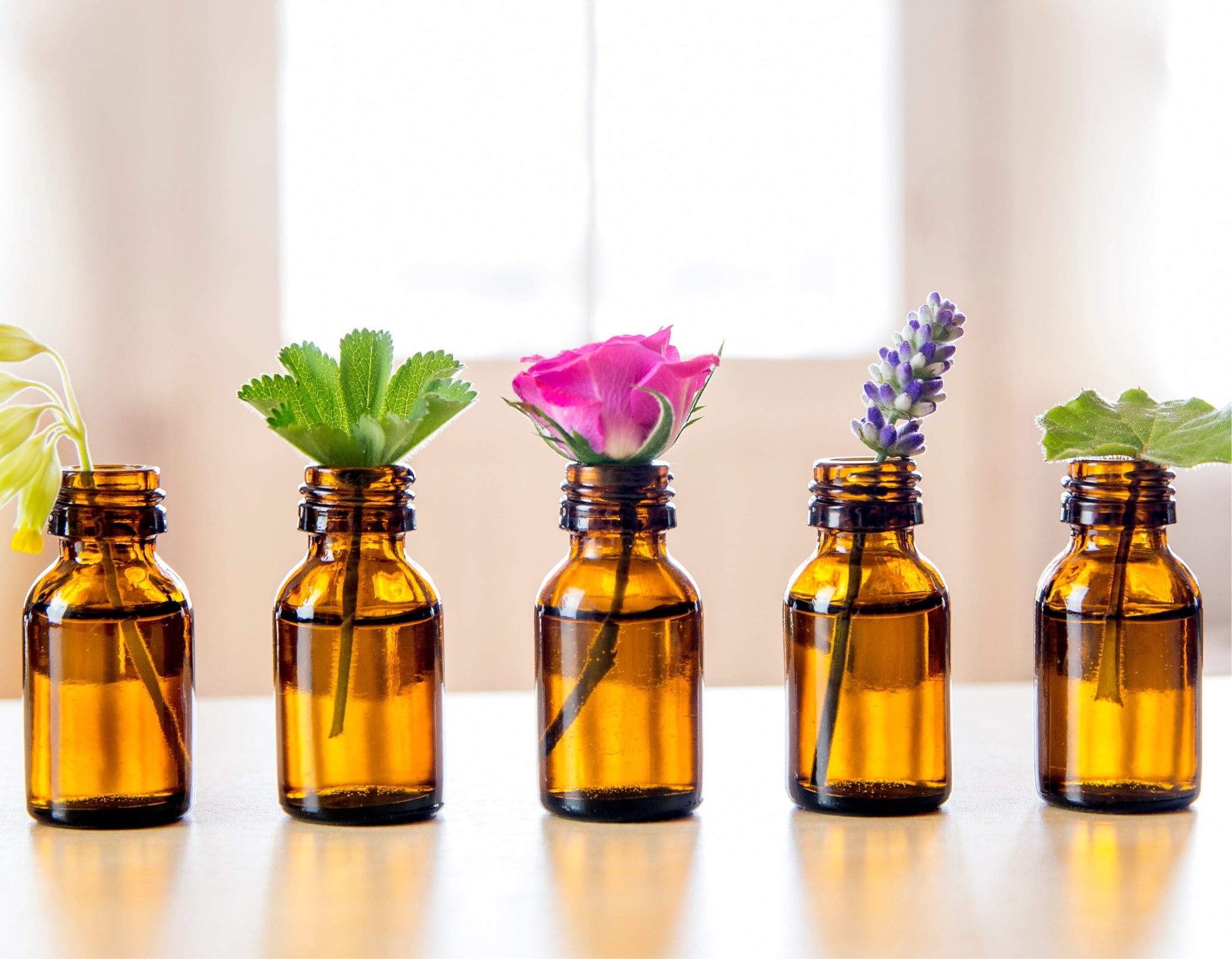
If you’ve explored our essential oil recipes, you’ve probably noticed that many call for hydrosols. But what exactly is a hydrosol, and how can you use it beyond DIY recipes?
A hydrosol—also known as floral water or plant distillate—is a gentle, water-based extraction from botanicals. Unlike essential oils, hydrosols are less concentrated, making them perfect for hydrating dry skin, soothing sensitive skin, and even refreshing your home as a natural air spray. Plus, they contain water-soluble plant compounds that essential oils don’t.
The best part? You can easily make your own hydrosol at home! Keep reading for a step-by-step guide, including all the tools and ingredients you need to create your own pure, botanical hydrosol.
What Are Hydrosols?
Hydrosols, also known as floral waters or hydrolats, are a natural byproduct of the essential oil distillation process. They contain water-soluble plant compounds, traces of essential oil, and purified water—giving them their signature refreshing and therapeutic aroma.
Unlike essential oils, hydrosols are much gentler, with an essential oil content of less than 0.02%, making them ideal for direct skin application without dilution. Thanks to their hydrating and soothing properties, hydrosols are commonly used in natural skincare, aromatherapy, and home fragrance.
Both aromatic and non-aromatic plants can be used to create a DIY hydrosol, but why not choose one with an incredible scent? Some of the most popular aromatic hydrosols include:
There’s plenty of room for creativity. It’s common to add Thyme, Rosemary, Lemon Balm, Mints, and other types of ingredients for the best possible outcomes.
According to the National Association for Holistic Aromatherapy,[1] hydrosol benefits include:
- Wound healing
- Anti-inflammatory
- Cooling
- Skincare
- Skin-tightening
- Skin redness

How Are Hydrosols Made?
Hydrosols are created through a process called steam distillation, where aromatic plant material is gently heated to extract its water-soluble compounds and light traces of essential oil.
Here’s how the process works:
-
Boiling & Steaming: Plant material is boiled and simmered, generating steam that carries the plant’s beneficial compounds.
-
Cooling & Condensation: As the steam rises, it passes through a cooling system (typically ice or a condenser), turning it back into liquid.
-
Separation: The collected liquid naturally separates: essential oil floats to the top, while the remaining fragrant water is the true hydrosol.
This aromatic botanical water retains many of the same therapeutic properties as its corresponding essential oil but in a gentler, water-based form. Because hydrosols are safe for topical and internal use, they can be used as a facial mist, hair spritz, or even added to food and beverages for a subtle herbal infusion.
With a potency stronger than herbal tea yet milder than essential oil, hydrosols offer the perfect balance of effectiveness and safety.
Can Hydrosols Be Made At Home?
Yes! While store-bought hydrosols are available, they often contain excessive amounts of spring water, making them overly diluted and far less effective. Industrial distillation processes prioritize quantity over potency, which can diminish the therapeutic benefits of the hydrosol.
That’s why making your own hydrosol at home is the best option! With DIY hydrosol distillation, you have full control over the ingredients, allowing you to:
- Choose high-quality plant materials for the purest extraction
- Customize your blend by mixing and matching different botanicals
- Ensure freshness and potency without unnecessary dilution or preservatives
Experiment with different aromatic herbs, flowers, and fruits until you create a homemade hydrosol that’s perfect for your skincare, hair care, or aromatherapy needs.
What You Need to Make Your Own Hydrosol
Ready to make your very own DIY hydrosol? Then let’s get cooking!
For starters, you’ll need several ingredients and a few select items. Then, based on your own preference (herbal hydrosol, floral hydrosol, etc), you might want to add a little flare to your recipe.
To that end, gather the following:
- Large pot with lid
- 1 Large heat-safe bowl
- 1 Smaller heat-safe bowl
- Ice
- Water
- About 5 cups of fresh or dried plant material, such as:
Note: Be sure to check that the bowls and pots are cleaned. Foreign residue and debris could throw off the aromatics of the mixture.

How To Make Hydrosols At Home
Making your own hydrosol is easier than you think! With the ingredients you’ve gathered and a bit of patience, you can create a refreshing, botanical water that’s perfect for skincare, hair care, and aromatherapy.
For this DIY hydrosol recipe, we’ll use rose petals, lavender, and peppermint—a rejuvenating combination that smells divine and offers incredible benefits for your skin, scalp, and senses.
Prepare Your Distillation Setup
- Place the large heat-safe bowl upside-down in the center of your pot.
- Set the smaller bowl right-side up on top of the larger bowl—this will collect your hydrosol.
Add the Plant Material & Water
- Arrange your fresh or dried flowers, herbs, or citrus peels around the base of the pot (not inside the bowls).
- Pour enough filtered water to cover the plant material, ensuring the water level stays below the top of the large bowl.
Create the Cooling Effect
- Place the pot lid upside down to cover the pot.
- Seal a freezer bag with ice and place it on top of the upside-down lid—this will help condense the steam.
Heat & Distill
- Boil the water, then reduce heat to a gentle simmer for 30 minutes.
- Replace the ice bag as needed when it melts.
Collect & Store Your Hydrosol
- Carefully remove the smaller bowl—it now contains your fresh hydrosol!
- Pour the collected hydrosol into a sterilized amber glass bottle to preserve its freshness.
- Store in the refrigerator for the longest shelf life or in a cool, dark place.
Experiment with Different Hydrosols
Once you’ve mastered this easy process, try experimenting with different botanicals! Whether you choose a rosemary hydrosol, chamomile hydrosol, lemongrass hydrosol, lavender hydrosol, tea tree hydrosol, frankincense hydrosol, geranium hydrosol, or peppermint hydrosol, the possibilities are endless.
With this simple DIY hydrosol method from Edens Garden, you can create the perfect floral water for your skincare, hair, and wellness routines. So gather your fresh petals and dried herbs—your next favorite hydrosol awaits!
SOURCES:
-
National Association for Holistic Aromatherapy. What are Hydrosols? https://naha.org/explore-aromatherapy/about-aromatherapy/what-are-hydrosols
Grab The Essentials Here:
Leave a comment (Comments will be approved before showing up)
25 comments
Rae
Great instructions, did not realize how easy it is, just to find some of those herbs fresh is probably the hardest part. Thank you.
KimM
Thank you very much for sharing your knowledge in making hydrosols. I read where one of your subscribers used pine needles. Wonderful idea! As they are in abundance here where I live as well, I will try it over the weekend. Will also look forward to spring and summer when all the new blooms start to appear! Thank you again!
Edens Garden
Hi SuVi! We don’t have a PDF at the moment, but that’s a great idea. We’ll consider adding one!
Edens Garden
Hi Bonnie! If you made this with calendula flower, it would have similar benefits to a tincture. A tincture could be multiple things, however–alcohol-based, an oil infusion, or water-based like this hydrosol.
Edens Garden
Hi Lina! That’s a great idea. We will consider making a video of the process for our YouTube channel!
SuVi
Thank you for sharing this. Is there are a PDF version available?
Kristy Faurot
Thank you for this. I am very excited to make my own Hydrosols!!
Bonnie
Is this similar to a tincture? Could I use calendula flowers to do this and get similar benefits to calendula tincture?
Lina
Thank you, this is a great article to make a homemade hydrosol. Would it be possible to add pictures or a video of the process?
Sally
I love this information, it explains so much, I want to try it now. Thank you for your generous tutorial.
mel John
Thank you for your advice about making hydrosols 🌹
Belinda
Hi Bella
Thank you so much for the recipe. Many wouldn’t be that generous and I am really grateful for it.
Blessings to you
Edens Garden
Hi Brie! That’s a great idea. We’re currently expanding our video content and will consider adding a video on this.
Brie
Would you be able to post pictures of the process? Or a video. I can’t quite visualize all the steps
Jay
Hi Bella. I have read your instructions for making a Hydrosol however, I am having a hard time envisioning steps 2 and 3. Would you please add pictures of the process? Also, how big of a pot do you need to accommodate the upside down bowl, the smaller upright bowl and then covering both bowls with an upside down lid? Pictures really would be helpful. Thank you.
Edens Garden
Hi Alli! We don’t have an exact ratio but rather recommend placing your plant material along the bottom of the pot and covering that plant material with water.
alli
Hi there. What is the ratio you suggest here for the plant material to the water? Thank you in advance.
Edens Garden
Hi Sandra! The shelf life is about 2-4 weeks when stored in the fridge.
Sandra
What’s the recommended shelf life of homemade hydrosols?
N
I have questions; can you just boil the plants directly in the water? Or do you have to do that bowl thing? Also, what is the goal of the ice? Can it be omitted?
Susan
I believe you can use hydros oils of geranium and lavender to spray on cats avoiding face eyes ears nose and mouth. If so can you advise me how to do it please
Amber
Thank you so much for this! I had no idea it could easily be done at home. This is a total game changer for me and I’m super excited to make my own hydrosols!
Kelsey
I made this, I used pine needles, mainly because evergreen state. I’m going to try roses again because my blend of roses ended up purple and they smell a little like lilacs.
Augustine Kosgei
I understand the process and would like to do it myself with improvised materials
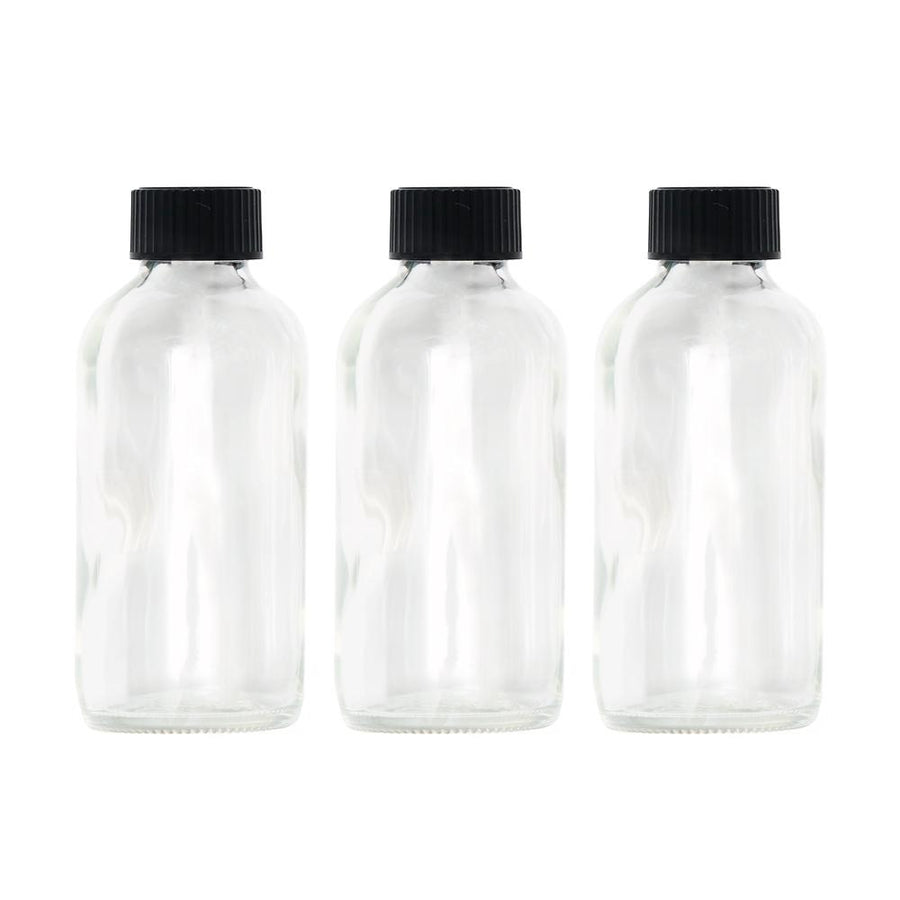
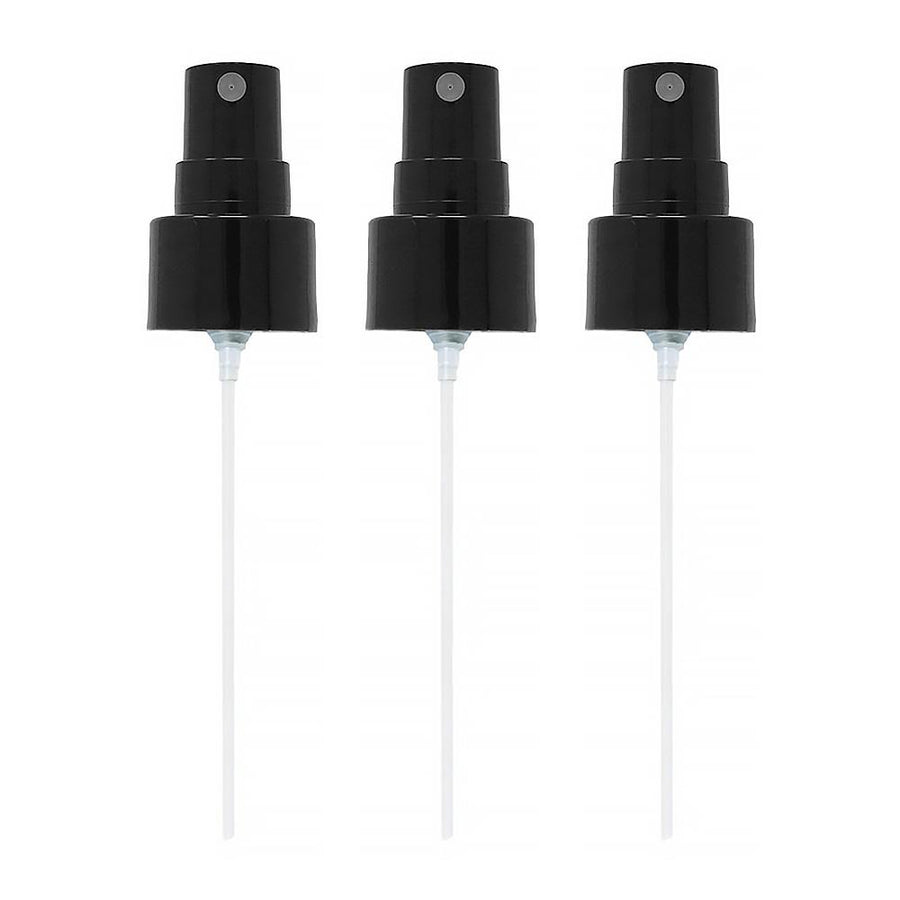
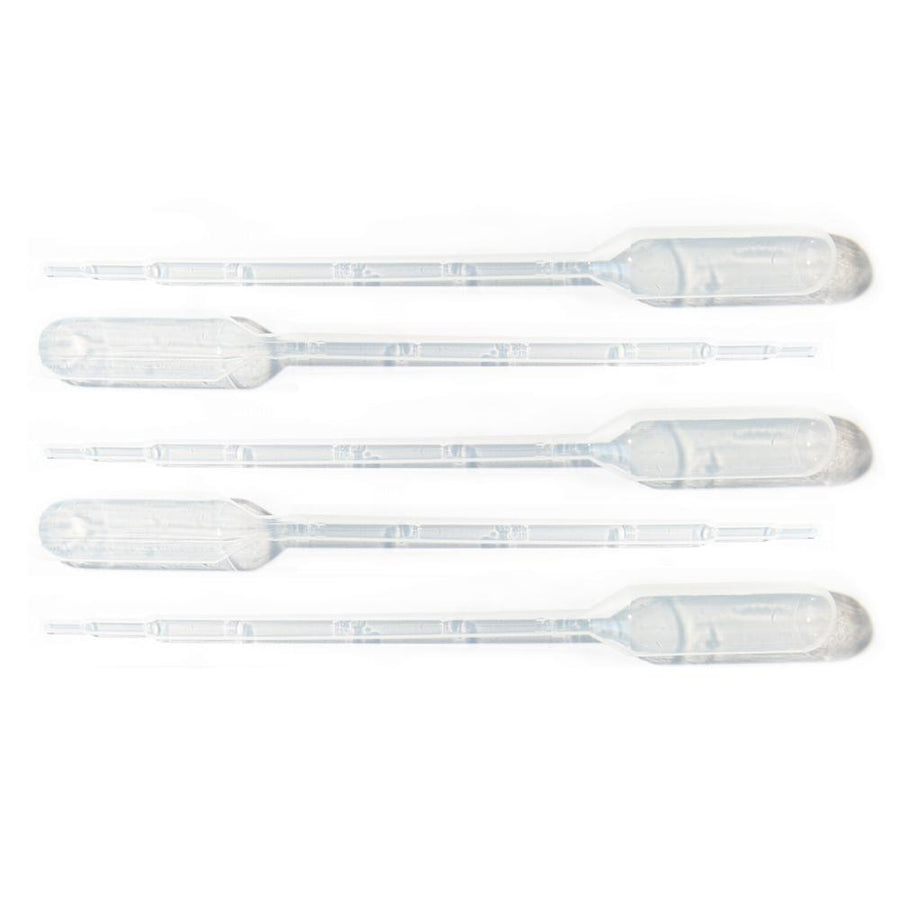

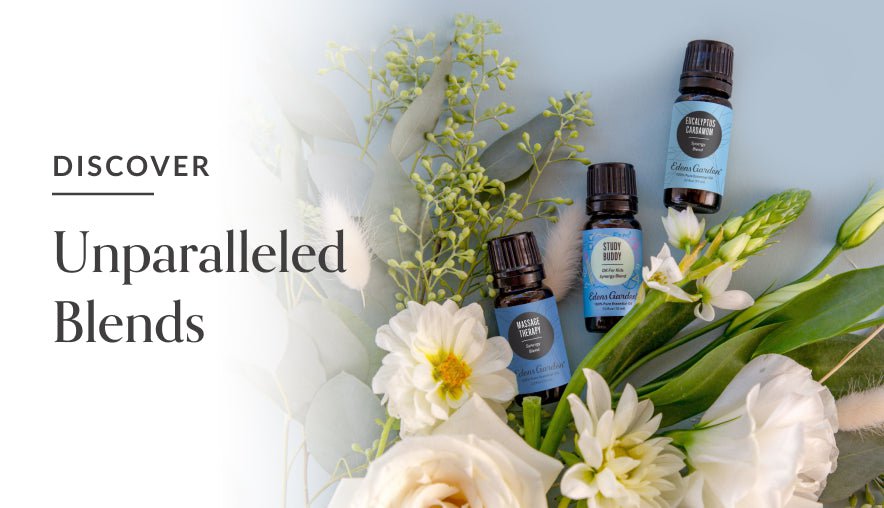
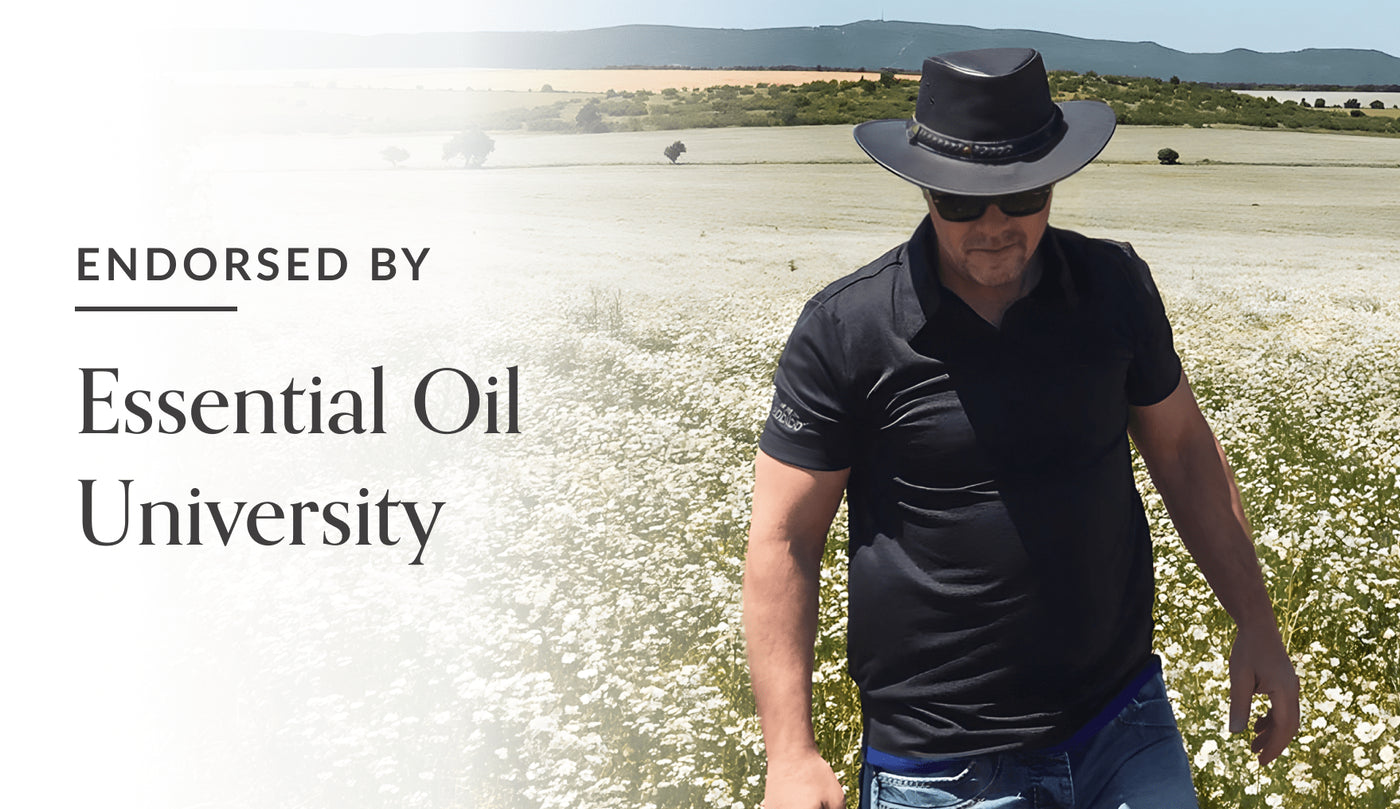
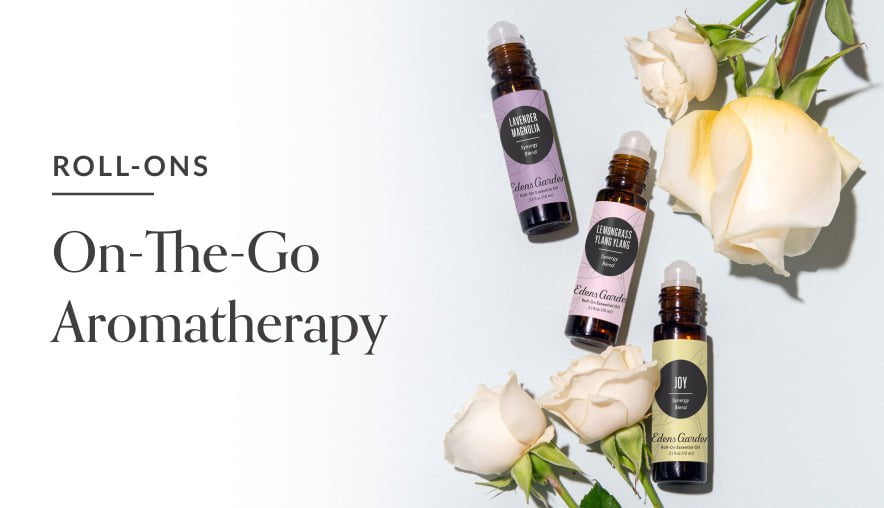
Catherine A. Herndon
August 14, 2025 at 10:31 am
Can I invest in one as in a machine from Amazon ?